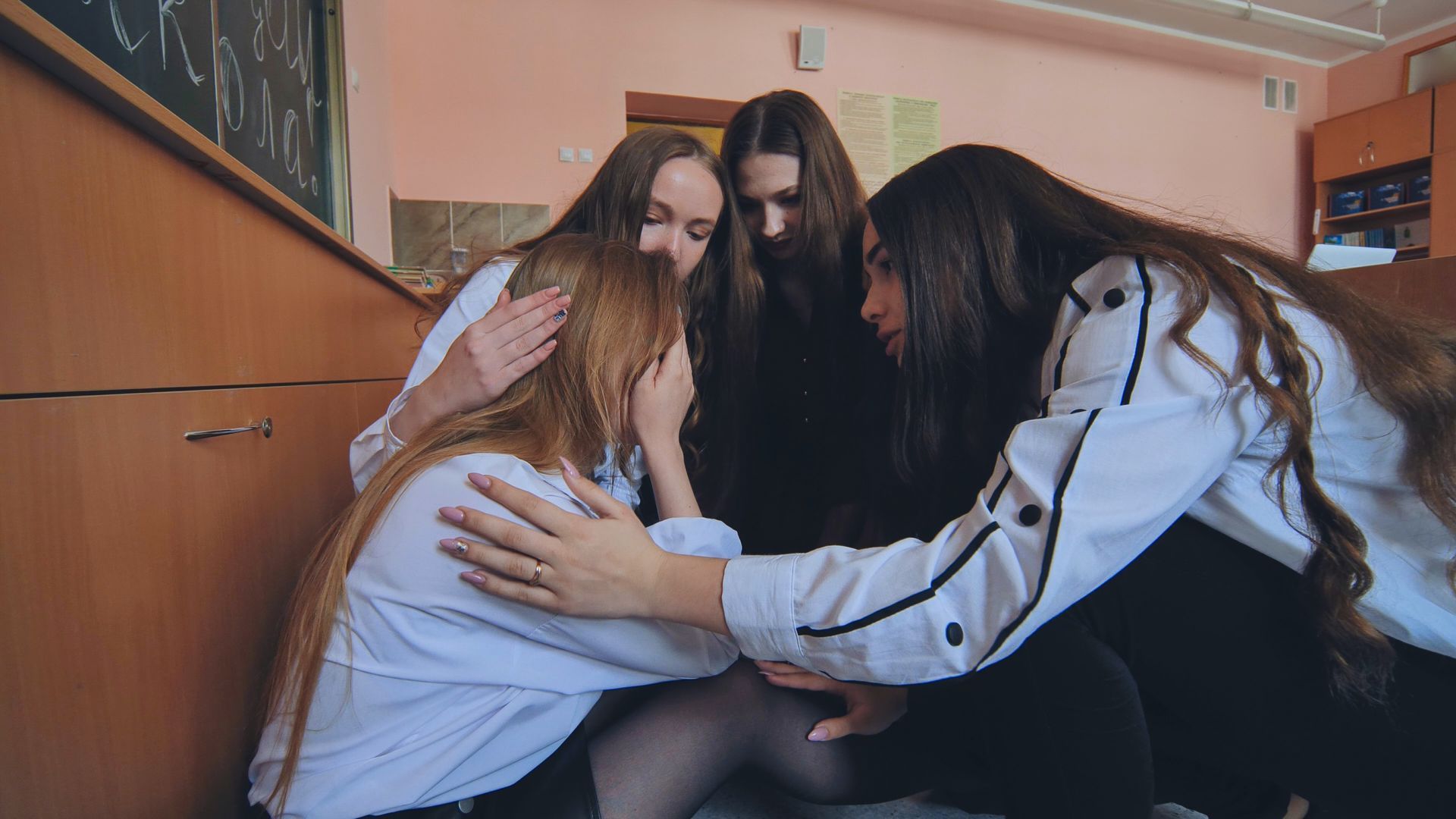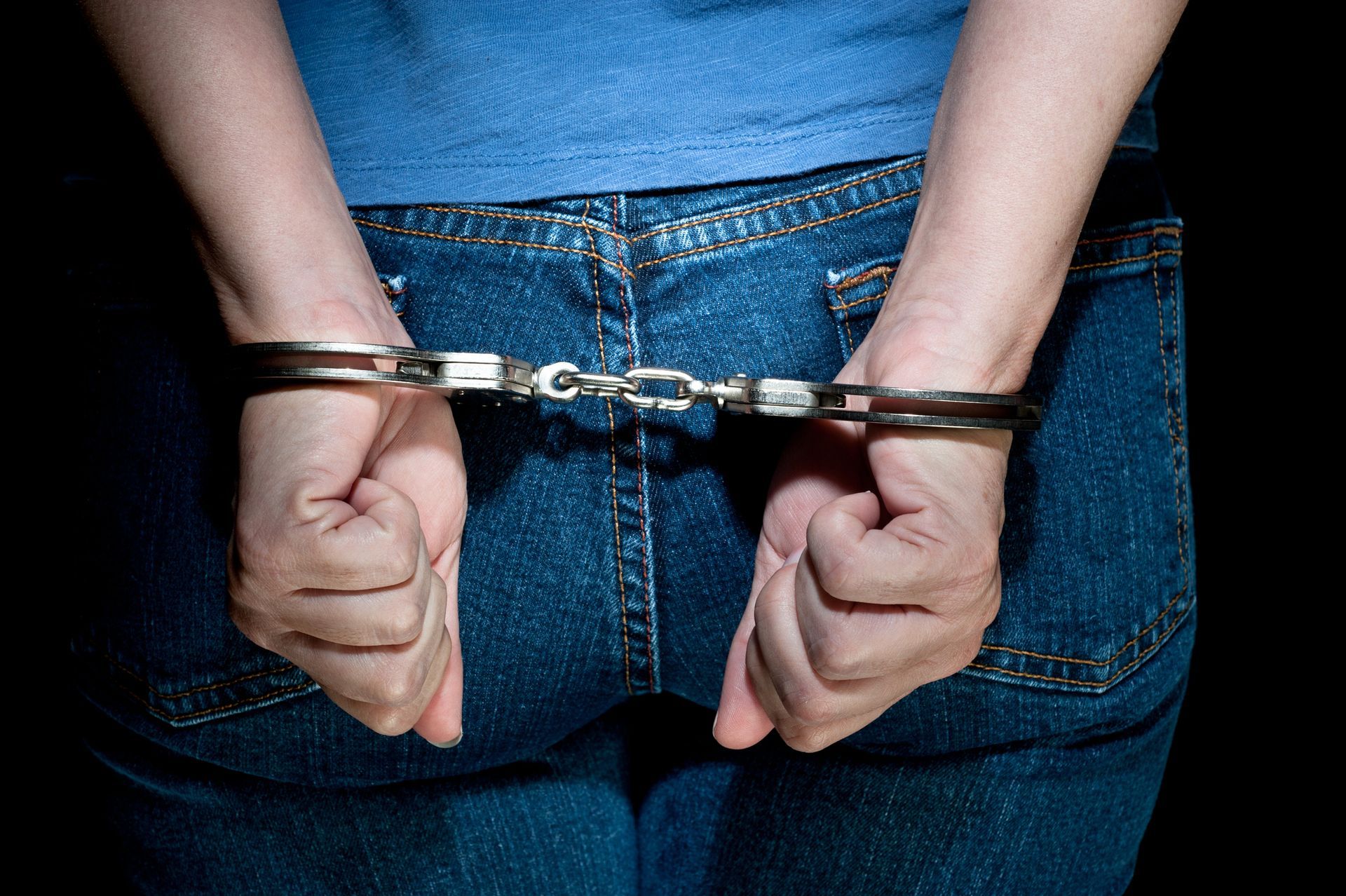Free Billy – Why is Billy Slater allowed to play in the Grand Final?
Kells Lawyers • September 27, 2018
Surprisingly, the biggest talk out of the weekend’s NRL action was not what took place on the field, but the management of the sport, and its disciplinary procedures.
Debate has raged throughout the last 5 days over whether Billy Slater, the Melbourne Storm fullback set to retire at the end of the season after a 15 year, 318 game career, should be suspended for an alleged shoulder charge on the Cronulla Sharks winger Sosaia Feki.
The matter was heard by the NRL Judiciary in a 3 hour hearing on Tuesday, ultimately resulting in the panel delivering a “not guilty” verdict. The decision was always going to be a controversial one, and it is fair to say it is set to receive more attention in the coming days. The two interesting questions in light of the verdict and the flow of commentary that is sure to follow are:
- Why would anyone in their right mind sit on the NRL Judiciary?
- How does the NRL Judiciary reach these decisions?
The NRL Judiciary is an independent committee comprised of a Chairman and 3 Adjudicators. The Chairman leads the NRL Judiciary and must be an ex-Judge appointed by any State Supreme Court, Federal Court or High Court (or qualified for an appointment). The Adjudicators are selected from a pool of ex-rugby league players who have nominated for the role and are not affiliated with any current NRL Club.
The NRL is represented by a Judiciary Counsel, who is an ex-rugby league player with qualifications to practice as a solicitor or barrister in any Australian jurisdiction. If we were to compare this body to a criminal court, the Chairman is the Judge, the Adjudicators are the jury, and the Judiciary Counsel is the prosecution.
Matters are referred to the NRL Judiciary by the Match Review Committee – a separate panel of ex-players that could be seen as the ‘NRL Police’ and instruct the Judiciary Counsel.
Obviously, this leaves the charged player – the defendant, who is generally represented by their club, but (as in Slater’s case) may also have external representation.
A player’s charge reaches the NRL Judiciary by the following process:
- the player commits the alleged infringement on the field;
- the match review committee reviews the play from the match, and determines whether the player has a charge to answer;
- a ‘notice of charge’ is issued to the player on the day after the match;
- the player may enter a plea of guilty (receiving a discounted penalty), or elect to defend the charge;
- if the charge is to be defended, the match review committee prepares its evidence and briefs the Judiciary Counsel.
The matters are heard in a short timeframe (given that penalties included suspension from NRL matches), with the NRL Judiciary generally sitting on Tuesdays after the weekend’s action.
At the hearing of the matter, the Judiciary Counsel will present their evidence and bears the onus of proof, meaning the Judiciary Counsel must satisfy the Adjudicators that, on the balance of probabilities (i.e. more likely than not), the offence took place (this is a much lower standard of proof than the criminal “beyond reasonable doubt”).
The player will then respond to the evidence with their defence, including submissions and evidence in support.
The Chairman will not decide any questions of fact, but will determine questions of law and procedure and instruct the Adjudicators on the relevant questions of fact that must be answered. In Slater’s case, the Adjudicators needed to determine, on the balance of probabilities:
1. Was there actual forceful contact from Slater’s shoulder and arm?
2. If so, was there an attempt to wrap his arms around Feki to effect a tackle?
3. If not, was the contact careless, as the charge is not related to an intentional act?
The fact that the suspension was for a grand final and Slater’s final professional match were not considerations that the Adjudicators could take into account.
Little has been reported on the deliberations (which are private), though the submissions in Slater’s favour were:
- the initial contact was with his chest, not the arm;
- Feki changed direction towards Slater at speed, which gave Slater less time to react in making the tackle; and
- due to Feki’s change in direction, the contact was largely incidental.
Given the not guilty verdict, we have to assume that the answer to at least one of the questions above was “no”.
Ultimately, the NRL Judiciary is only able to review and assess the incident in light of the charges filed. It is the responsibility of the Match Review committee to determine the charge, and in the case of a shoulder charge, it is suggest that a secondary charge of ‘dangerous contact‘ might have led to a conviction in this case.
This article was written by Associate Mitchell Micevski.

Kells has been delivering outstanding services and legal expertise to commercial and personal clients in Sydney and the Illawarra region for more than five decades. Our lawyers are savvy and understand your needs.
Subscribe
Want to get the latest articles and news delivered to your inbox?




